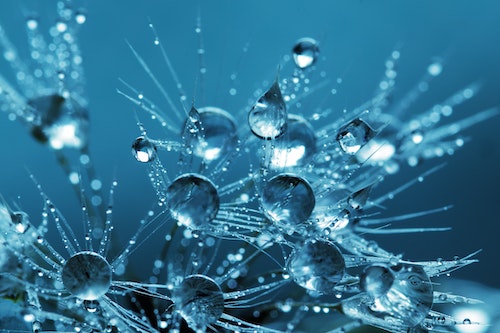When it comes to the relationship between art and science, there has long been a debate about the two being mutually exclusive – typically with science being seen as the ‘brains’ of rational thought, and art seen as the ‘heart’ of emotional thought. But in reality, there is a lot to be gained by merging the two together and exploring how they influence each other. This article will explore how art and science intertwine and mutually influence each other, and the positive value that this can bring.
Exploring Art and Science’s Different Perspectives
The two disciplines of art and science are greatly contrasting, yet also highly complementary. Art delves into the realm of abstraction, aesthetics and emotion, whereas science consists of a more analytical and fact-based approach, often seeking an explanation for things. Art will identify what something is and how it looks, whereas science will provide reasons for why it is the way it is. These two perspectives, when married together, can actually tell us a lot more than either one could on their own.
For example, by combining art and science, unique products can be created that are both aesthetically pleasing and functional. This is why many inventors and engineers incorporate art into their work, as it makes the products much more appealing and user-friendly. Moreover, when art and science become intertwined, it can also lead to radical advancements in technology and can open up creative new possibilities.
On the other hand, merging art and science can also lead to unexpected results, such as those unearthed by the Surrealist art movement. The Surrealists found inspiration in exploring the irrational and by crossing boundaries between the two disciplines, they were able to uncover some of the most unusual and intriguing images. This further helps to demonstrate how the links between art and science can open up new possibilities and generate original insights.
The Benefits of Combining Art and Science
By combining art and science, problem-solving and creative thinking can be greatly improved. For example, art can often help to provide an alternative perspective on a given topic, which can then be brought to bear on a scientific problem. The artistic approach is often non-conformist, and this can cause scientists to reconsider and challenge their own assumptions and beliefs. The artistic influence can also help to ground scientific research and decisions in real-world applications and constraints.
The merging of art and science can also help to address social issues in effective and meaningful ways. By combining the two disciplines, it’s possible to explore different ways of looking at a subject which can result in more nuanced and effective solutions. For example, combining art with scientific research can help to create effective campaigns about climate change, which can help to drive change and create a better future for everyone.
Conclusion
In conclusion, the relationship between art and science is one that should be carefully explored and examined. Each of these disciplines can bring a unique perspective to the table, and by combining the two, unexpected and valuable insights can be gained. By understanding how art and science can influence each other, we can empower ourselves to open up creative new possibilities, address social issues in effective ways and create products that are both aesthetically pleasing and highly functional.
